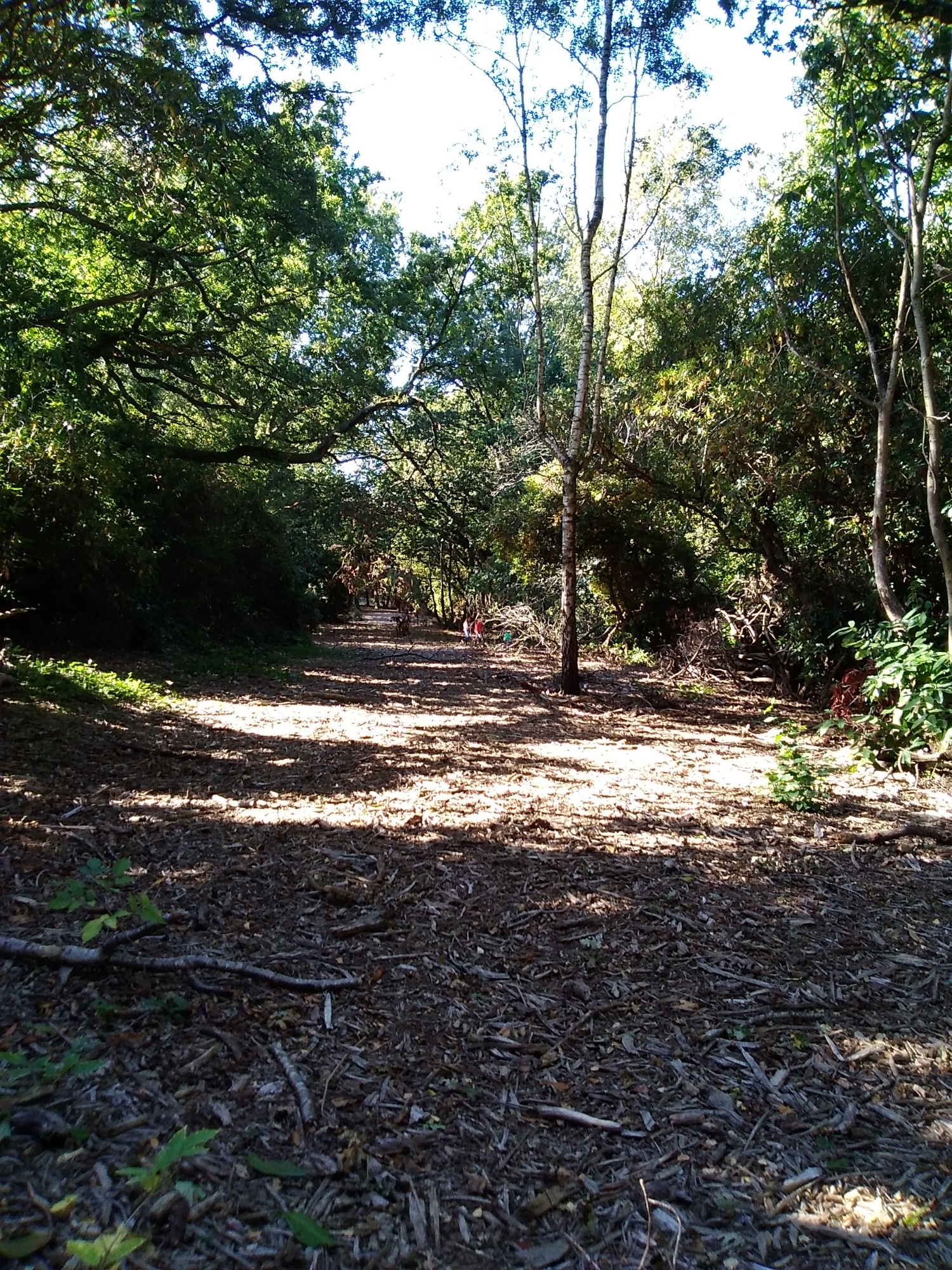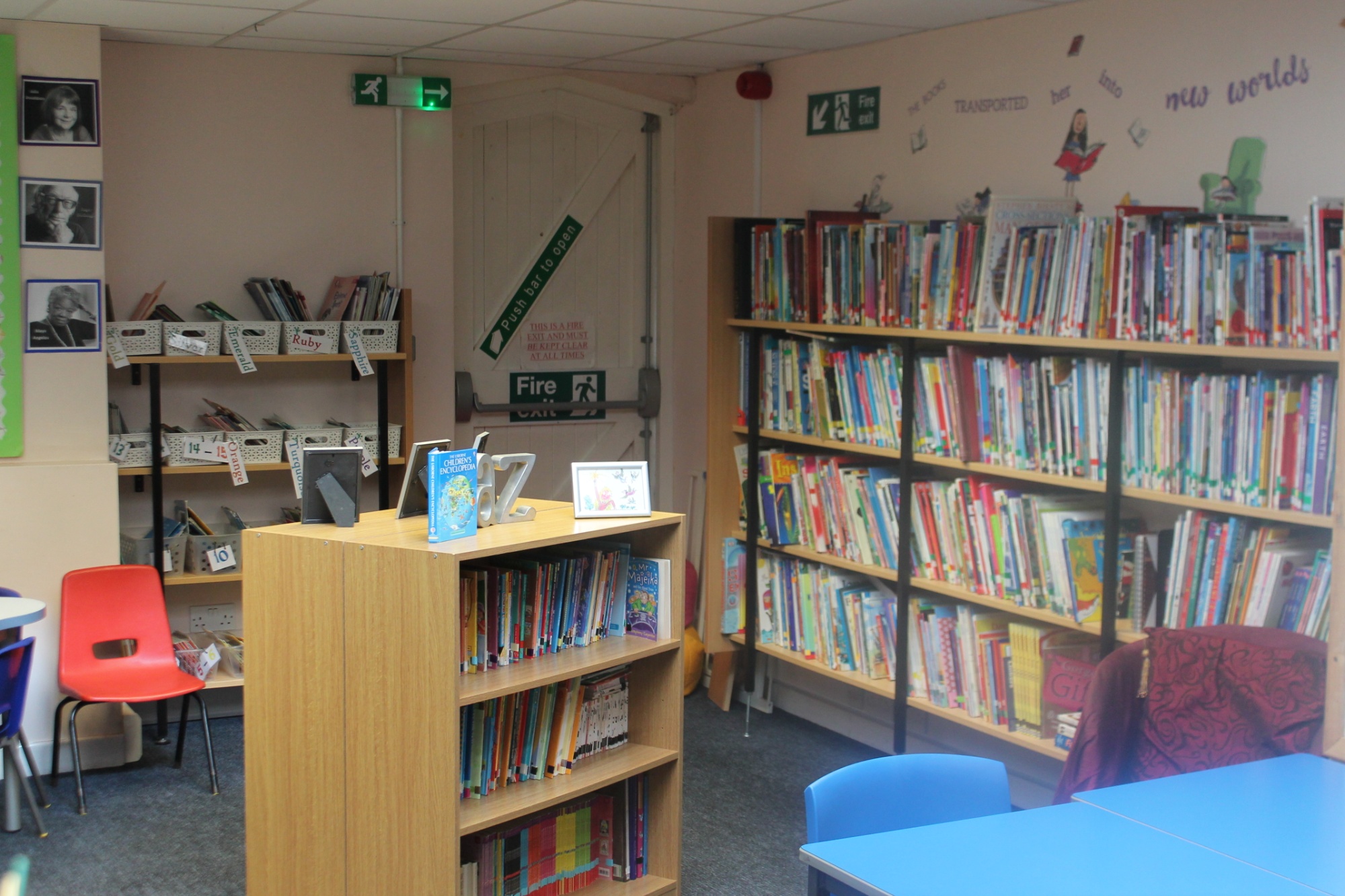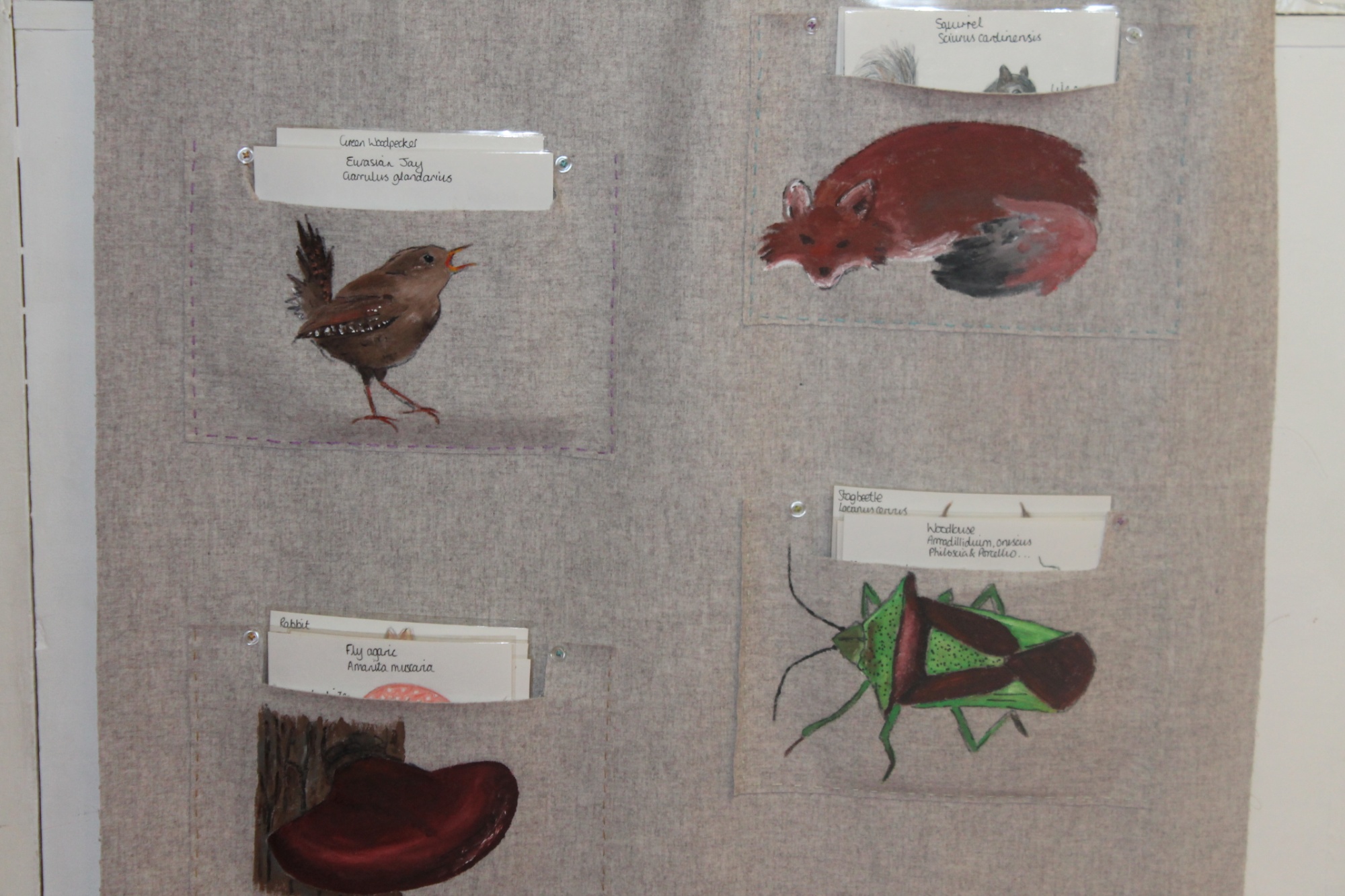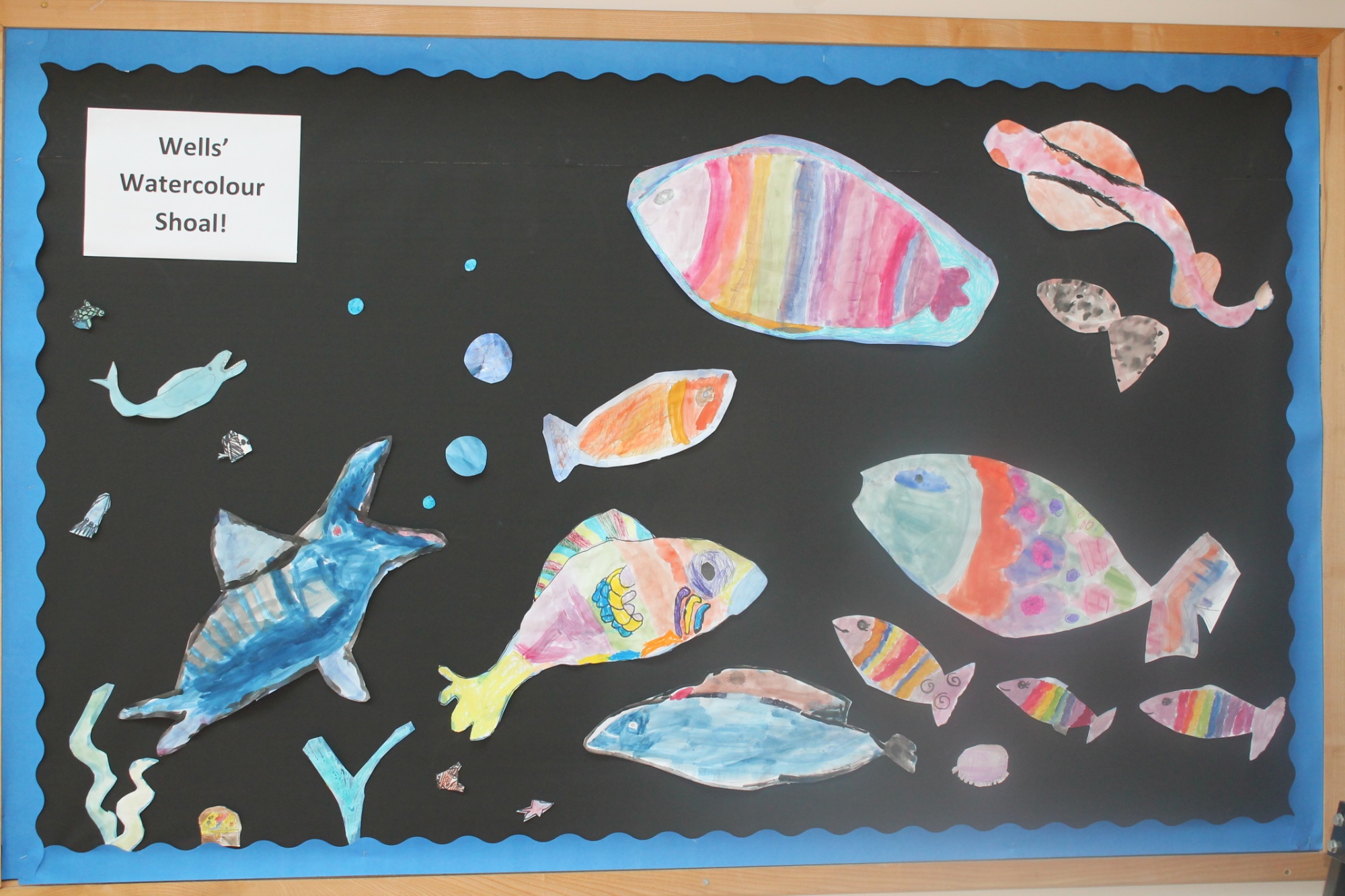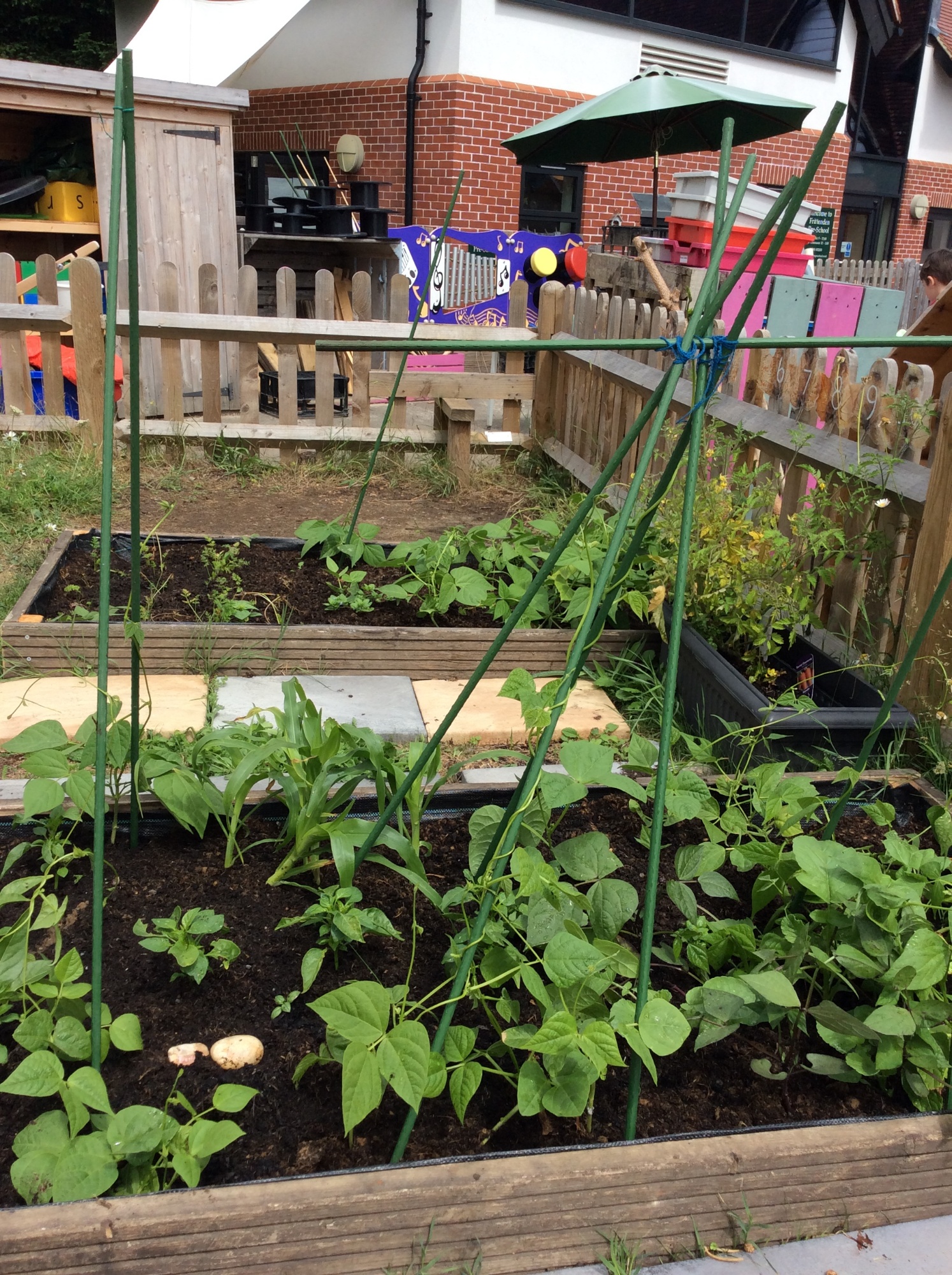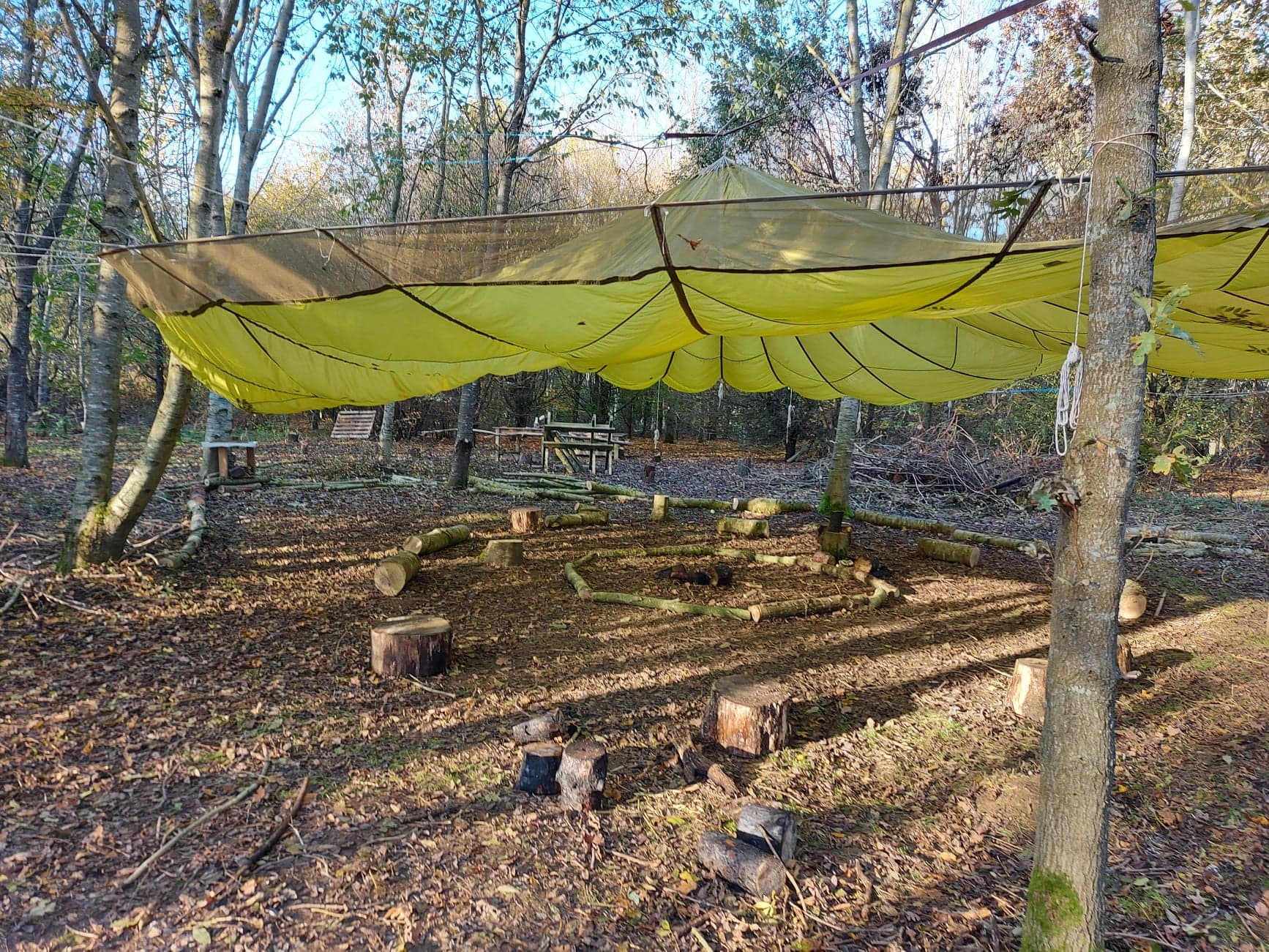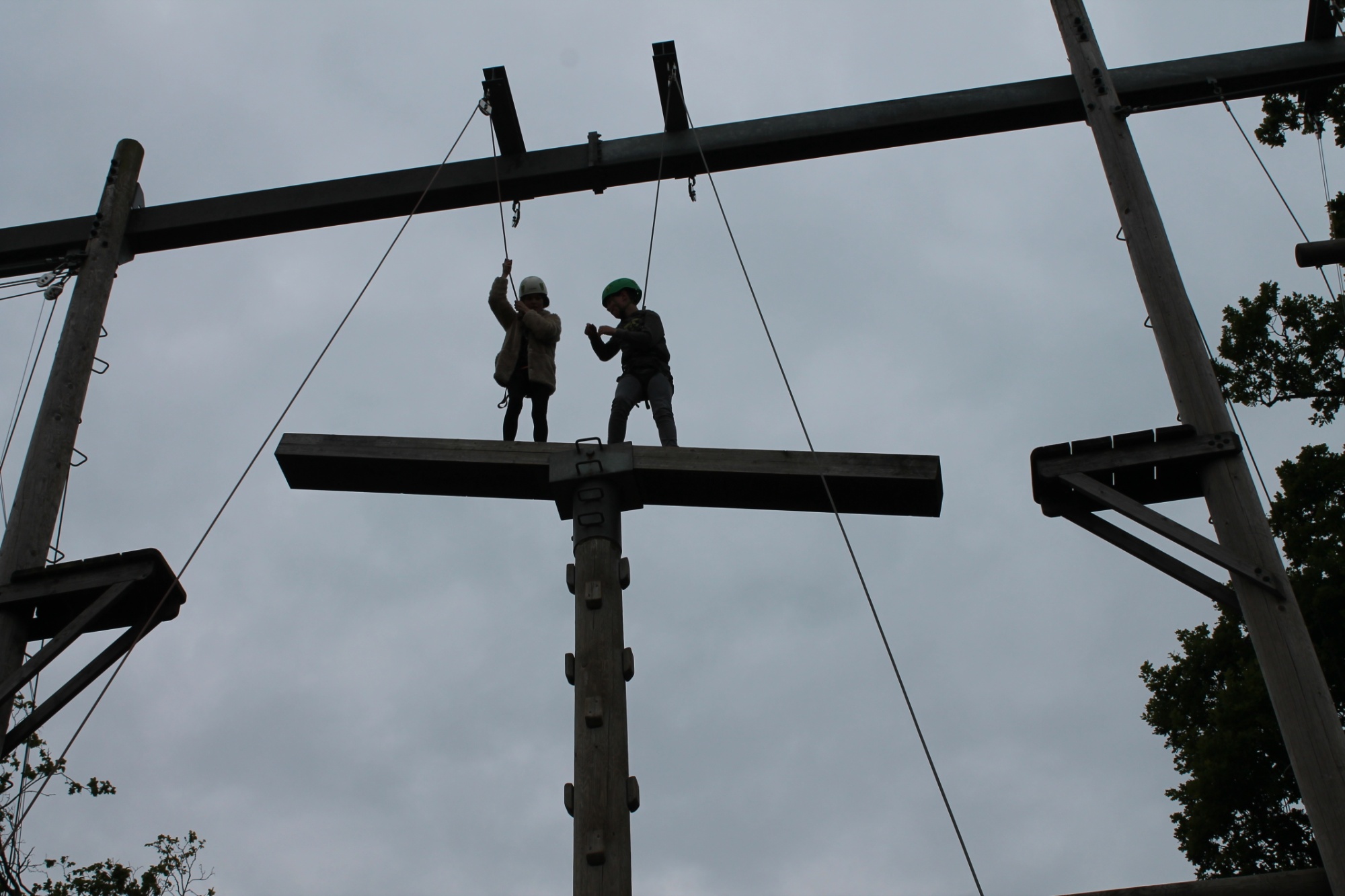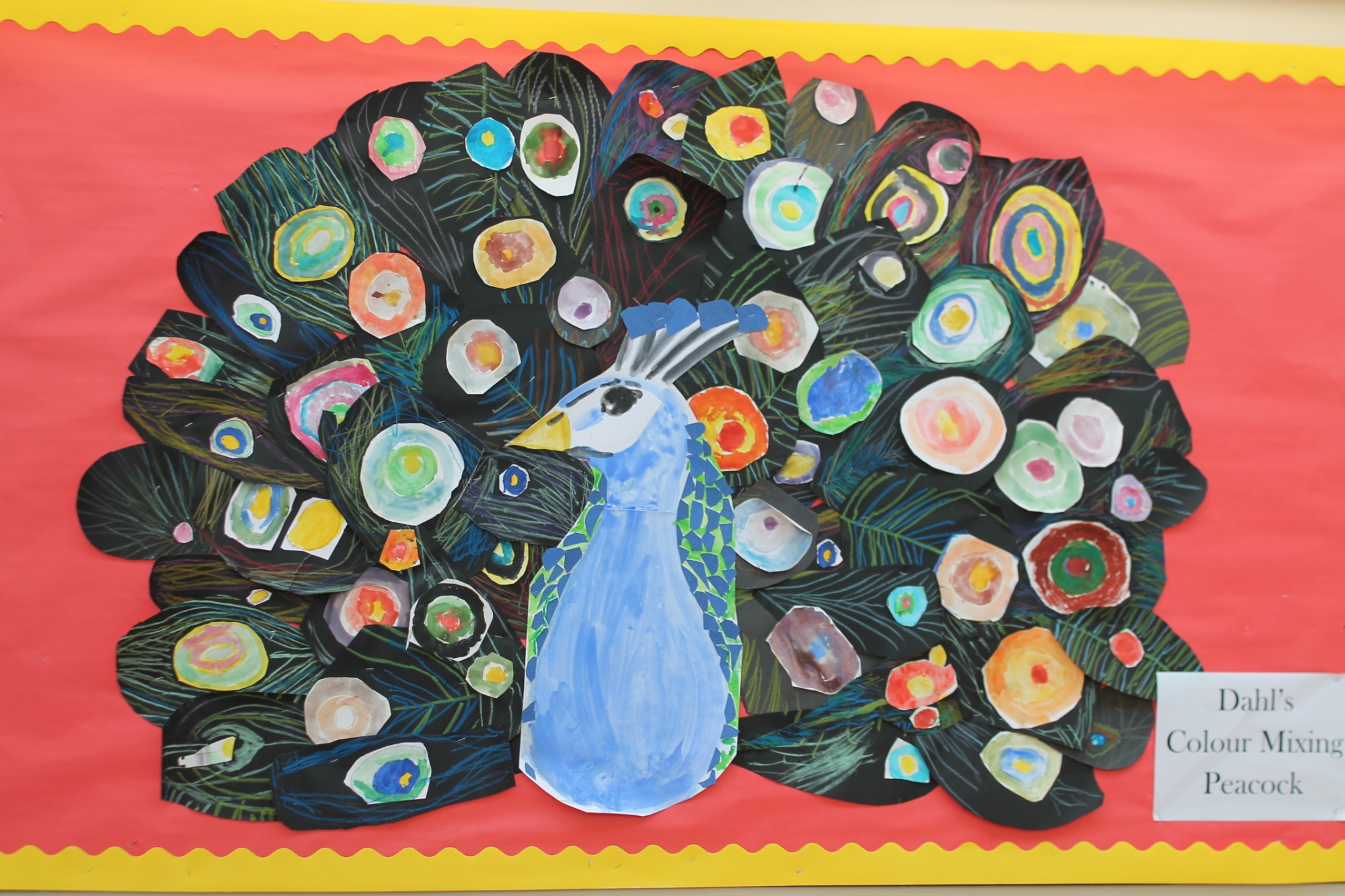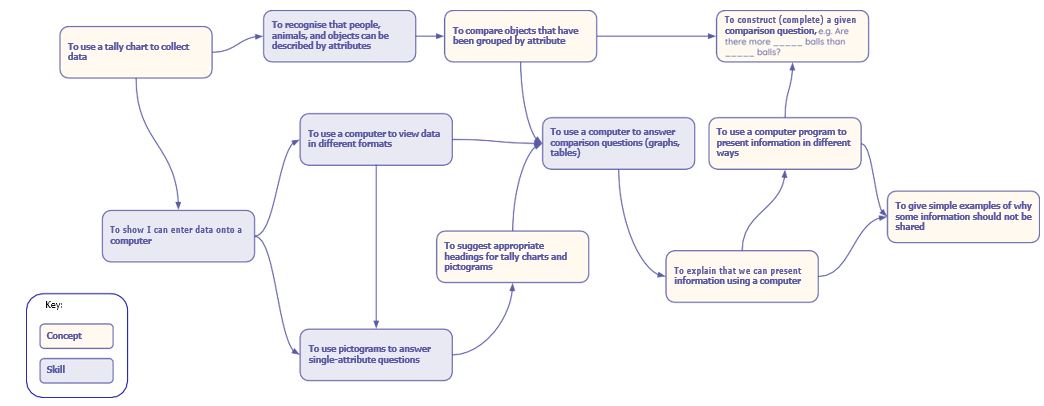Computing - NCCE
Inclusive and ambitious
The Teach Computing Curriculum has been written to support all pupils. Each lesson is sequenced so that it builds on the learning from the previous lesson, and where appropriate, activities are scaffolded so that all pupils can succeed and thrive. Scaffolded activities provide pupils with extra resources, such as visual prompts, to reach the same learning goals as the rest of the class. Exploratory tasks foster a deeper understanding of a concept, encouraging pupils to apply their learning in different contexts and make connections with other learning experiences.
As well as scaffolded activities, embedded within the lessons are a range of pedagogical strategies, which support making computing topics more accessible.
Research Informed
The subject of computing is much younger than many other subjects, and as such, there is still a lot more to learn about how to teach it effectively. To ensure that teachers are as prepared as possible, the Teach Computing Curriculum builds on a set of pedagogical principles, which are underpinned by the latest computing research, to demonstrate effective pedagogical strategies throughout. To remain up-to-date as research continues to develop, every aspect of the Teach Computing Curriculum is reviewed each year and changes are made as necessary.
Progression across Key Stage
All learning objectives have been mapped to the National Centre for Computing Education’s taxonomy of ten strands, which ensures that units build on each other from one key stage to the next
Progression across year groups
Within the Teach Computing Curriculum, every year group learns through units within the same four themes, which combine the ten strands of the National Centre for Computing Education’s taxonomy.
Progression within a unit — learning graphs
Learning graphs are provided as part of each unit and demonstrate progression through concepts and skills. In order to learn some of those concepts and skills, pupils need prior knowledge of others, so the learning graphs show which concepts and skills need to be taught first and which could be taught at a different time.
The learning graphs often show more statements than there are learning objectives. All of the skills and concepts learnt are included in the learning graphs. Some of these skills and concepts are milestones, which form learning objectives, while others are smaller steps towards these milestones, which form success criteria. Please note that the wording of the statements may be different in the learning graphs than in the lessons, as the learning graphs are designed for teachers, whereas the learning objectives and success criteria are age-appropriate so that they can be understood by pupils.
In each year group, there are two ‘Programming’ units of work, but only one ‘Programming’ learning graph. The second ‘Programming’ unit builds on the content that was taught in the first ‘Programming’ unit so closely that there is no specific divide where one ends and the other begins.
This approach allows us to use the spiral curriculum approach to progress skills and concepts from one year group to the next

